Strawberry Plant
- November 6, 2023
- 0 comment
The strawberry plant, scientifically known as Fragaria x ananassa, is a popular and widely cultivated fruit-bearing plant prized for its sweet and succulent berries. Native to Europe and the Americas, this perennial plant belongs to the Rosaceae family.
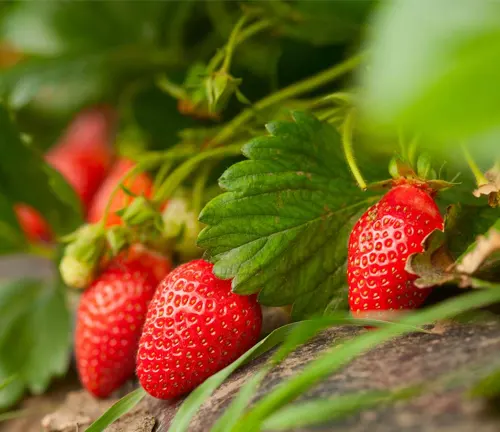
The strawberry plant typically grows to a height of 6 to 12 inches and features distinctive trifoliate leaves, white flowers, and small, heart-shaped fruits. These delectable red berries are not only cherished for their taste but also for their nutritional value, as they are a good source of vitamin C, fiber, and antioxidants. Strawberries are commonly grown in home gardens and commercial farms and are used in a variety of culinary applications, from fresh consumption to jams, desserts, and beverages.
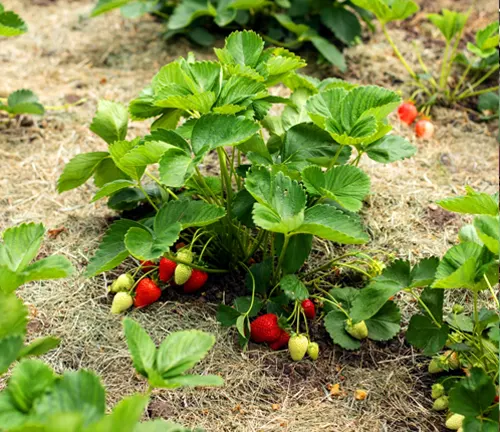
Cultivating strawberries requires proper care, including well-drained soil, adequate sunlight, and regular maintenance to ensure a bountiful harvest, making them a delightful addition to any garden or kitchen.
| Characteristics | Description |
| Scientific Name | Fragaria x ananassa |
| Family | Rosaceae |
| Plant Height | 6 to 12 inches |
| Leaves | Trifoliate (three-parted) leaves |
| Flowers | Small white flowers |
| Fruit Type | Berries |
| Fruit Shape | Heart-shaped |
| Fruit Color | Red (when ripe) |
| Nutritional Content | Rich in vitamin C, fiber, and antioxidants |
| Growing Conditions | Well-drained soil, full sunlight |
| Life Cycle | Perennial |
| Cultivation | Commonly grown in home gardens and commercial farms |
| Culinary Uses | Fresh consumption, jams, desserts, beverages |
| Maintenance | Regular care for optimal growth and yield |
| Adaptability | Can be cultivated in a variety of climates and regions |
| Season | Typically harvested in late spring to early summer |
| Propagation | Usually through runners or seeds |
| Pollination | Often done by bees |
| Spacing | Recommended plant spacing varies by variety and growing method |
| Pest and Disease Management | Prone to certain pests and diseases, requiring attention to protect the crop. |
Botanical Beauty of the Strawberry Plant
The strawberry plant, scientifically known as Fragaria x ananassa, is a botanical wonder that captivates with its delicate charm. This unassuming perennial boasts trifoliate leaves and dainty white flowers, giving it an air of simplicity. However, it’s the vibrant red heart-shaped berries it produces that truly steal the show. These botanical gems are a testament to nature’s artistry, drawing admirers from all walks of life.
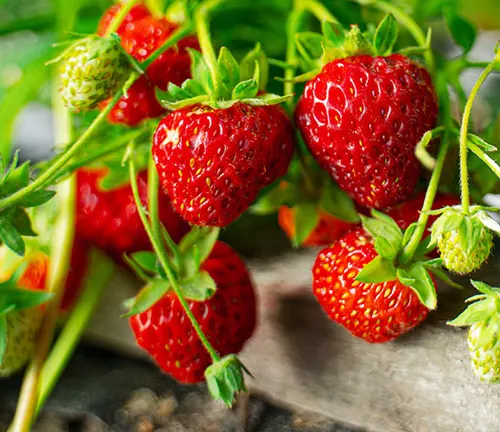
Woodland Elegance
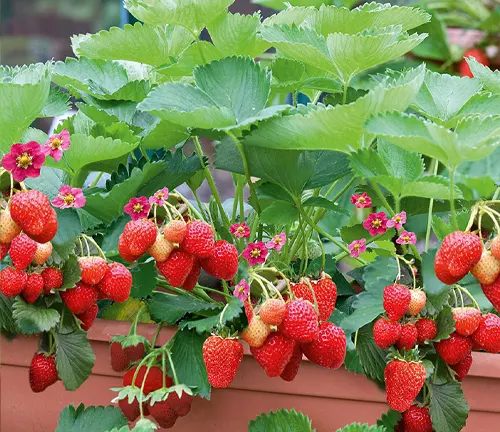
In its natural habitat, the strawberry plant can be found gracing the woodlands and meadows of Europe and the Americas. Its low growth profile, with a height of 6 to 12 inches, imparts an understated elegance to these environments. The plant’s runners sprawl along the forest floor, creating a tapestry of green foliage and white blossoms that stands out amidst the earthy backdrop.
Ecological Importance
Beyond its aesthetic appeal, the strawberry plant holds ecological significance. Its role as a groundcover helps prevent soil erosion, provides habitat for various wildlife, and contributes to the overall biodiversity of its native habitats. Birds, insects, and small mammals are among the beneficiaries of this plant’s presence, as it offers both shelter and sustenance.

Cultivation and Conservation
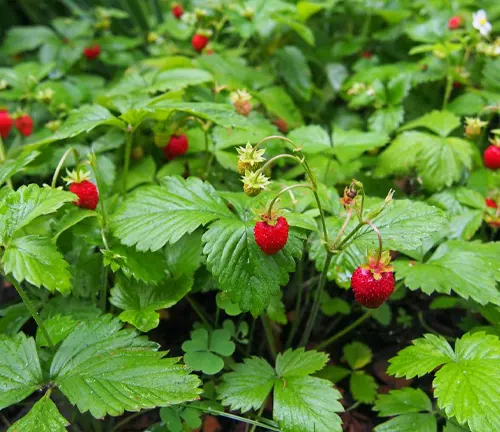
Strawberry plants have been domesticated and cultivated for centuries. The cultivation of different strawberry varieties ensures a steady supply of these delightful fruits. However, the strawberry plant’s conservation in its wild habitats is of increasing concern due to habitat loss. Conservation efforts are essential to preserve the ecological balance and genetic diversity of this species.
Fragrance
While the leaves and flowers of the strawberry plant may not boast the intoxicating fragrance of some other blossoms, they emit a mild, pleasant scent. It’s a subtle reminder of the sweet treasures these plants bear, enticing pollinators to play their vital role in fruit production.
Soil Stabilization
One of the strawberry plant’s hidden talents lies in its ability to stabilize soil. The runners and root systems work together to prevent soil erosion. This feature makes it a valuable addition to gardens and agricultural fields, helping maintain the integrity of the topsoil.
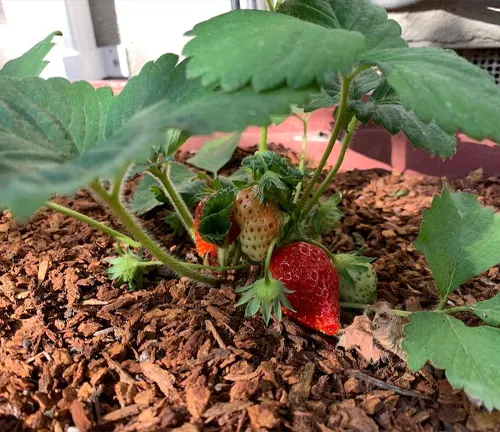
Common Uses

Strawberries are well-loved for their delectable flavor and versatility. They find their way into a multitude of culinary delights, from fresh desserts like strawberry shortcake to jams, preserves, and even beverages. Their vibrant red color and sweet-tart taste make them a favorite ingredient in both sweet and savory dishes.
Benefits
Aside from their delightful taste, strawberries offer a range of health benefits. They are a rich source of vitamin C, antioxidants, and dietary fiber. These nutrients support immune health, skin health, and digestion. Additionally, strawberries have been associated with improved heart health and a reduced risk of chronic diseases.
Different Species
Fragaria vesca
(Wild Strawberry)
This is the most common wild strawberry species found in Europe and North America. It produces small, sweet, and flavorful berries and has smaller plants compared to cultivated varieties.
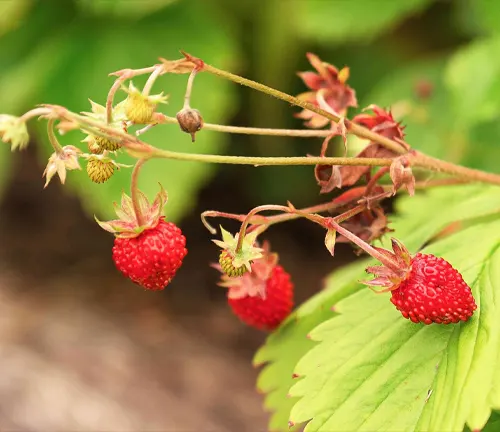
Fragaria virginiana
(Virginia Strawberry)
Native to North America, this species produces red or white berries. It is often found in woodland habitats and is a source of genetic diversity for cultivated strawberries.
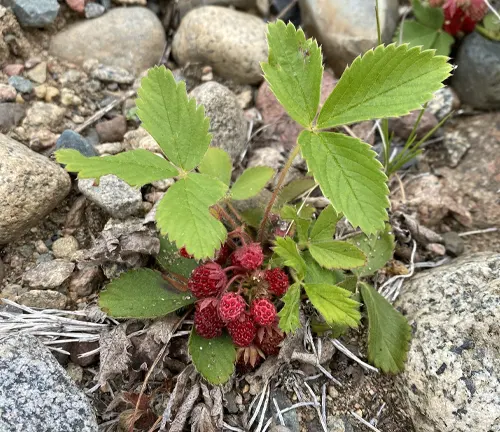
Fragaria chiloensis
(Beach or Coastal Strawberry)
Native to the coastal regions of North and South America, this species produces large, red or white berries. It’s known for its tolerance of salt spray and sandy soils.
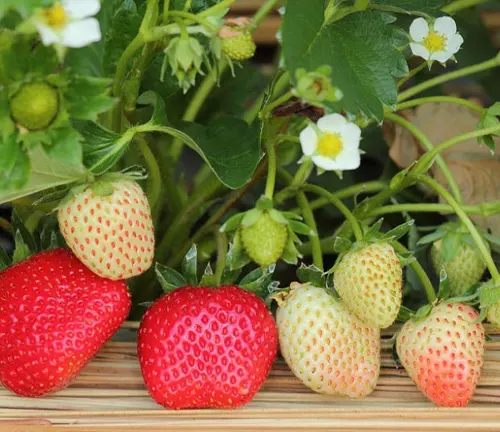
Fragaria vesca subsp. semperflorens
(Alpine Strawberry)
This subspecies of the wild strawberry is known for its continuous flowering and fruiting throughout the growing season. It produces small, sweet berries and is a popular choice for home gardens.

Fragaria moschata
(Musk Strawberry)
Native to Europe and Asia, this species is known for its musky fragrance. It produces small, yellow to orange berries and is often grown for its ornamental value.
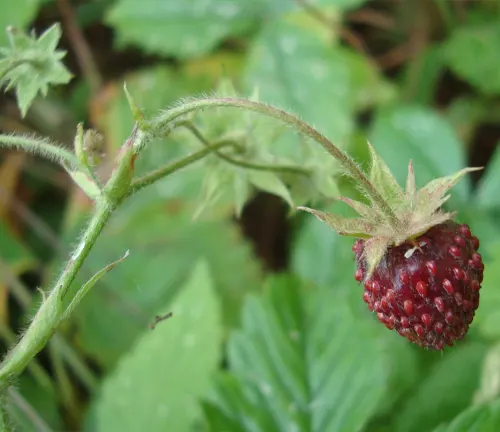
Fragaria nilgerrensis
(Nīlgiri Strawberry)
This species is found in the Nilgiri Hills of India. It produces small, dark red or black berries and is adapted to high-altitude conditions.
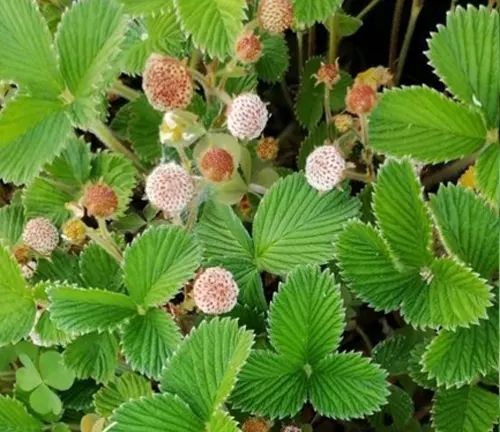
Fragaria iturupensis
(Kuril Island Strawberry)
Native to the Kuril Islands of Russia, this species produces small, flavorful berries and is adapted to cold and subarctic climates.

Fragaria orientalis
(Oriental Strawberry)
Found in parts of Asia, this species produces small, sweet berries. It is known for its adaptability to diverse environmental conditions.
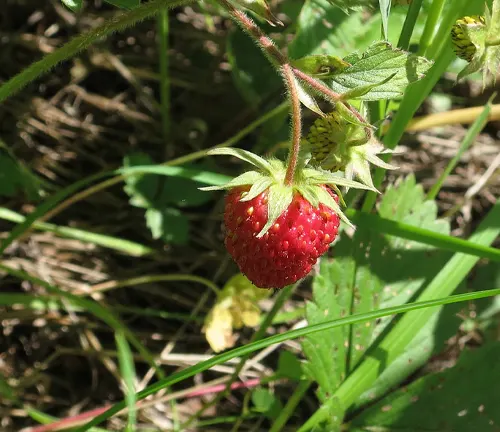
Fragaria iinumae
(Ezo Strawberry)
Native to Hokkaido, Japan, this species produces small, red, or dark purple berries. It is a wild species often used for hybridization.
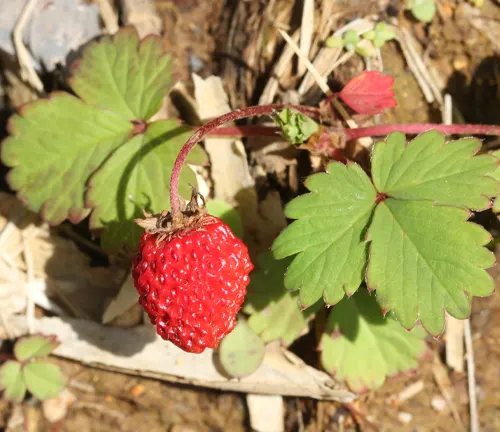
Fragaria nipponica
(Nippon Strawberry)
This Japanese native species produces small, flavorful berries and is sometimes used for breeding cultivated varieties.

Frequently Asked Questions (FAQs)
- How do I grow strawberries in my garden?
Strawberry plants require well-drained soil and full sunlight. Plant them in rows or raised beds, ensuring proper spacing. Regular watering and maintenance are essential. - When is the best time to plant strawberries?
The ideal time for planting strawberry plants is in early spring or late summer to early fall, depending on your climate zone. - How should I care for my strawberry plants?
Regularly water your plants, control weeds, and provide organic mulch for moisture retention. Pruning runners and removing old leaves can help maintain plant health. - How often should I fertilize my strawberry plants?
Fertilize your strawberry plants in early spring and after harvesting with a balanced, slow-release fertilizer. Follow the specific instructions on the fertilizer packaging. - Do strawberry plants need pollinators to produce fruit?
While strawberries are capable of self-pollination, the presence of pollinators like bees can improve fruit production and quality. - What are common pests and diseases that affect strawberry plants?
Common pests include aphids, slugs, and spider mites, while diseases like powdery mildew, gray mold, and strawberry root rot can be problematic. Proper care and proactive pest management are crucial. - How can I protect my strawberry plants from birds and other wildlife?
Using bird netting, scare devices, or protective row covers can help deter birds and other animals from feasting on your strawberry crop. - When is the best time to harvest strawberries?
Strawberries are typically ripe for picking in late spring to early summer, depending on the variety and climate. Harvest when the berries are fully red and easily detach from the plant. - Can I grow strawberries in containers or hanging baskets?
Yes, strawberries can be grown in containers and hanging baskets, making them a great option for small gardens or patios. Ensure proper drainage and sunlight for container-grown strawberries. - What are the health benefits of eating strawberries?
Strawberries are rich in vitamin C, antioxidants, and dietary fiber. They are known for promoting heart health, aiding digestion, and supporting skin health. - How do I propagate strawberry plants?
Strawberry plants can be propagated by division or through runners, which are small plantlets produced by the mother plant. - What are the different types of strawberry varieties available?
There are various strawberry varieties, including June-bearing, everbearing, and day-neutral types. Each has its own fruiting pattern and characteristics.


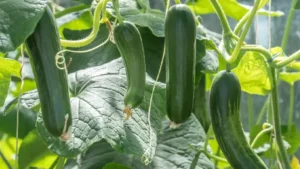
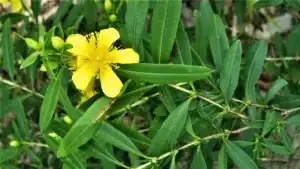
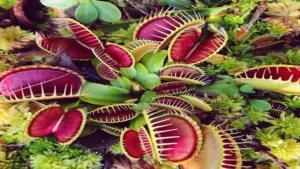





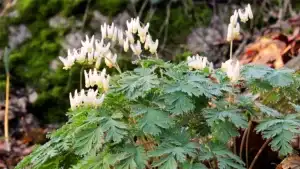

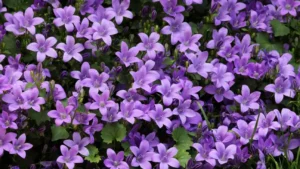
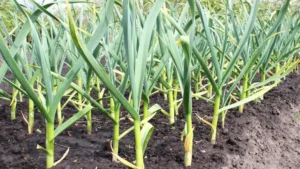
Leave your comment